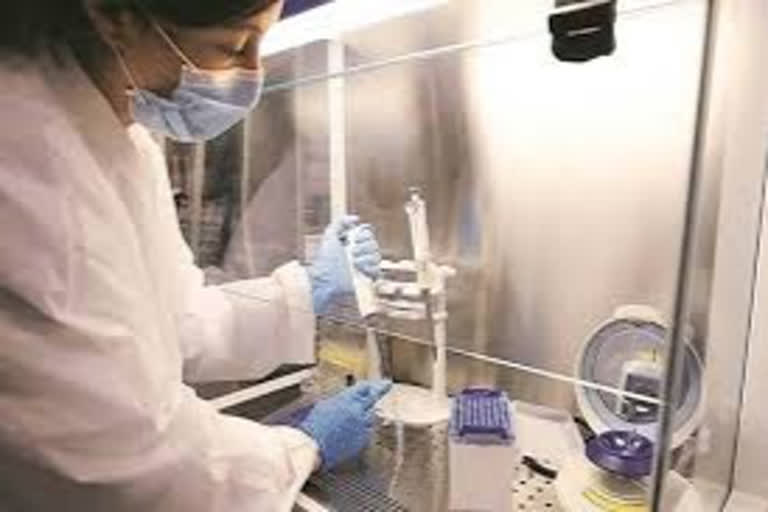Hyderabad: Convalescent plasma transfusions from recovered patients improves the survival rate of those diagnosed and undergoing treatment for COVID-19 infection, as per a study conducted by researchers at the Icahn School of Medicine at Mount Sinai hospital in New York City.
The study was done on patients admitted at the Mount Sinai Hospital. It involved a comparison between 39 COVID-19 patients, who received blood-plasma transfusions with similar, matched patients, who didn’t receive the therapy during the same 16day period.
“New York City was among the earliest and hardest hit by the COVID-19 pandemic in the United States, so during the study’s 16-day enrolment period in late March, our Health System had a large, diverse pool of COVID-19 patients from which to draw control patients, allowing us to use an aggressive matching algorithm,” says Nicole Bouvier, MD, Associate Professor of Medicine at the Icahn School of Medicine at Mount Sinai and co-senior author of the paper.
Bouvier added, “We are encouraged that our initial assessment offers evidence in support of convalescent plasma as an effective intervention while remaining mindful that additional studies are needed to confirm these findings and draw more definitive conclusions in different populations.”
For this study, plasma recipients and control patients were 100 per cent matched on their supplemental oxygen requirement on day zero, in addition to other baseline demographic factors and comorbidities.
Also read: Cyclone Amphan hits COVID-19 testing in Bengal; coronavirus death toll rises to 193
Of them, 69.2 per cent were receiving high-flow oxygen and 10.3 per cent were receiving invasive mechanical ventilation. By day 14, the clinical condition had worsened in 18 per cent of the plasma patients and 24.3 per cent of the control patients.
On days one and seven, the plasma group also showed a reduction in the proportion of patients with worsened oxygenation status, but that difference was not statistically significant.
As of May 1, 12.8 per cent of plasma recipients and 24.4 per cent of the 1:4 matched control patients had died, with 71.8 per cent and 66.7 per cent, respectively, being discharged alive.
Patients were identified as eligible for COVID-19 convalescent plasma transfusion under the criteria established by the U.S. Food and Drug Administration (FDA) single-patient emergency investigational new drug process. Plasma recipients were transfused with convalescent plasma from donors with a SARS-CoV-2 anti-spike antibody titer (level) of greater than or equal to 1:320 dilution and all were transfused with two units of convalescent plasma matching the recipient’s blood type.
Importantly, the cohort of matched control patients was retrospectively identified within the hospital’s electronic record database, using an aggressive matching algorithm designed by Mount Sinai biostatisticians that matched the plasma recipients to controls for three levels of patient information: 1) baseline demographics and comorbidities, including age; gender; smoking status; the presence of obesity, diabetes, COPD or sleep apnea; and d-dimer and c-reactive protein at admission; 2) day of transfusion data, including supplemental oxygen requirement, length of hospital stay, minimal oxygen saturation, heart rate, respiratory rate, and systolic and diastolic BP; and 3) time-series data up to the day of transfusion, including the use of hydroxychloroquine or azithromycin, intubation status, and if intubated, duration of intubation.
For controls patients, the day of transfusion was defined by the length of stay on which their respective recipient received their transfusion. To confirm the independent effect of convalescent plasma transfusion or improvement in oxygenation and survival, the team conducted a propensity score-matched analysis using The Mount Sinai Hospital’s COVID-19 confirmed patient pool from the same calendar period (March 24 to April 8, 2020). Among the predictors, exact matching was enforced on the administration of hydroxychloroquine and azithromycin, intubation status and duration, length of hospital stay, and oxygen requirement on the day of transfusion.



